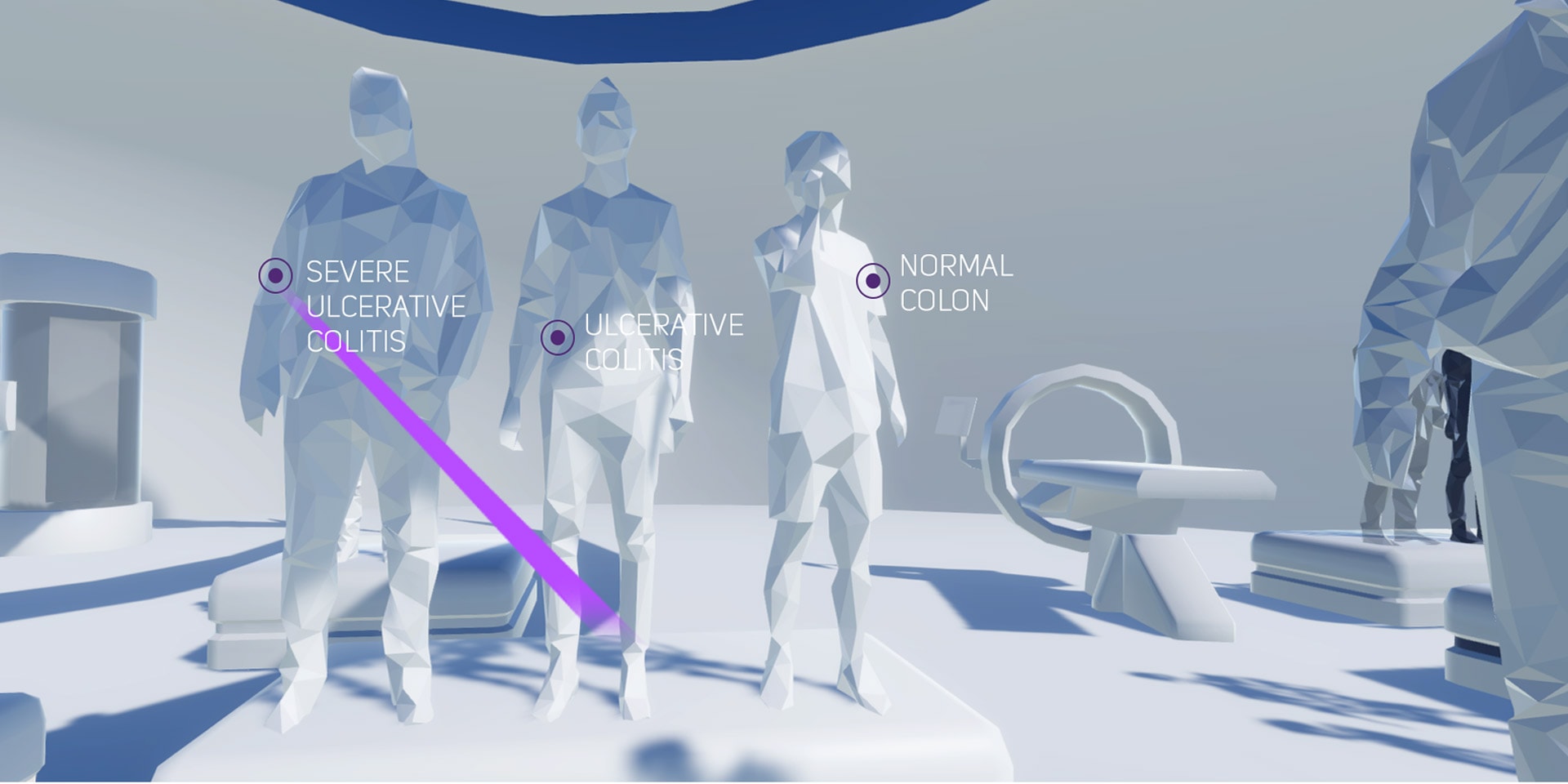Virtual Reality in Medical Education
For years virtual reality has been used only for gaming and entertainment purposes, but now things have changed. It is because now virtual reality technology is getting into some other fields of our lives. One of them is virtual reality in medical and surgery, and here we will discuss it all.
What is virtual reality in medical and surgery?
Virtual reality is a technology where you wear specific glasses to make yourself feel like you are in some other reality. It is all because of the 3D effect of those glasses. However, this virtual reality is changing the healthcare and medicine field by many different means. It is all because the doctors can practice in the virtual reality world before experimenting on real patients.
Some different applications of virtual reality in medical and surgery:
In the domain of medical and surgery, virtual reality is changing the healthcare field in many different ways. Here we will discuss some of the applications of VR in the healthcare field.
Doctors can diagnose better.
The first VR application and the way virtual reality is changing healthcare is that it makes the doctors learn a lot better than before. With the help of VR, they are not limited to the object’s actual size as they can zoom in or out. It helps gain a better experience so when practically dealing with patients, and doctors can perform well.
How Doctors can Diagnose Better with Virtual Reality?
There are a lot of diseases that can be diagnosed and treated with the help of VR technology. Here we have discussed 2 of them.
- Colorectal Cancer Diagnosis.
The diagnosis of colorectal cancer includes checking the area with the help of an optical colonoscopy. This is the process where the thin flexible tube with a camera is inserted into the body of the patent that is a very difficult process.
However, with the help of a VR headset and other gear, the doctors can practice this process in simulations. This makes the process easier for the doctor and less painful for the patients.
- Breast cancer diagnosis.
The doctors can use VR for diagnosing and treating breast cancer by performing the surgery with VR incorporated. The VR shows a 3D model and the thorough information and details visible in the VR make the doctors confident and efficient. Not only this but they can compare things before, during, and after the surgery for the comparison of results.
The learning opportunities increase.
With the help of this VR technology, the learning opportunities for doctors increase by a significant factor. The doctors can learn anything at any place and at any time, unlike before when the doctors can only learn in the presence of an actual patient where the learning opportunities were very less.
Application of VR for patients.
Not only is VR helpful for the doctors, but it is also amazingly beneficial for the patients. They will be treated by doctors who have been working on different cases in the VR world. It makes the results a lot more successful for the patients, and they do not risk their lives.
How virtual reality in medical and surgery is changing things?
VR is the technology that comes with a lot of benefits for medical education. Here we have mentioned some of them.
- The patients can get pain-free treatment as the doctors will be very experienced.
- The doctors do not need to be near the patient for learning.
- The risk of a doctor endangering the life of a patient will be significantly reduced, especially in severe cases.
- Apart from the doctors, the patients can also benefit from VR while they are getting educated about their physiotherapy routine.
- These were some benefits of virtual reality in medical education.
Final Thoughts:
The days of testing doctors on patients have passed as most of the things and be experienced and learned in the VR world. This makes things very safe at both the ends of the patient and doctor. Here we discussed how virtual reality is changing the healthcare field.




